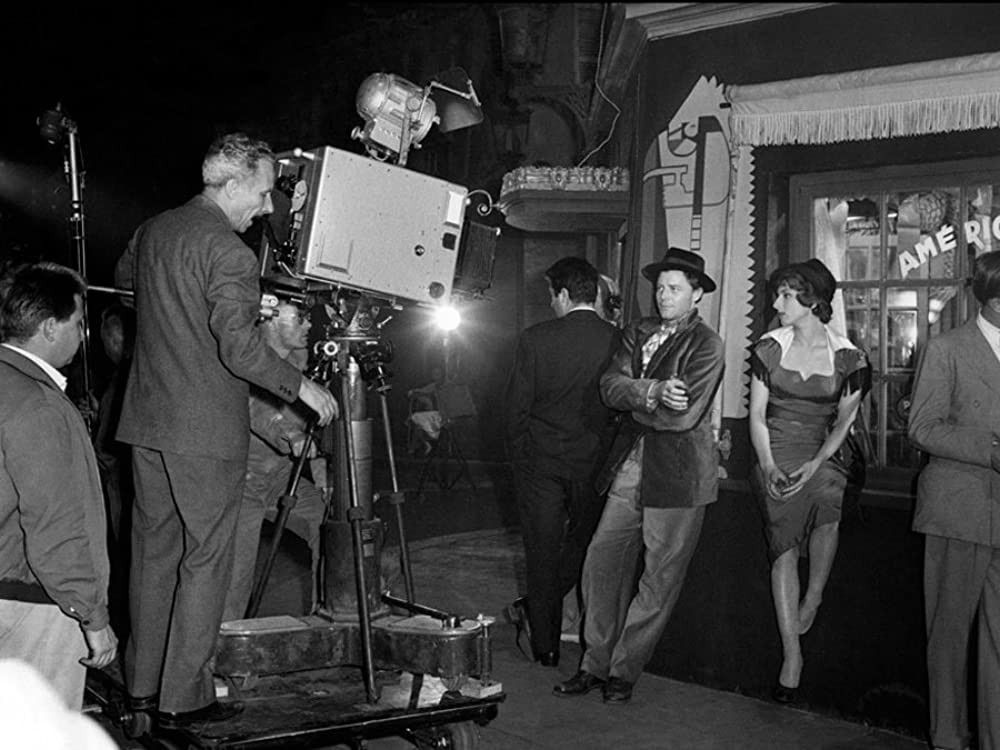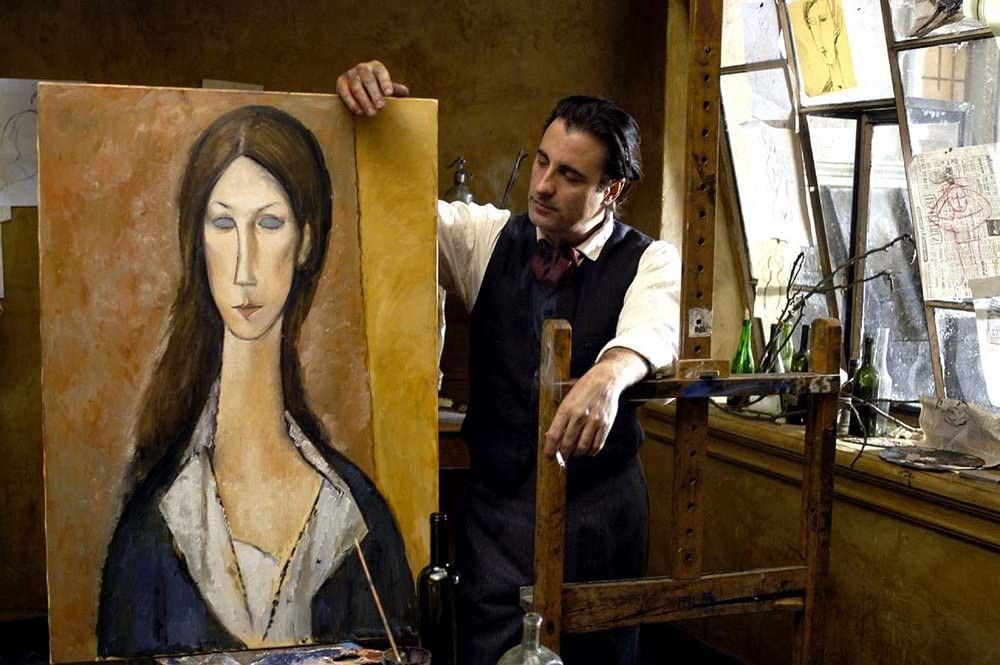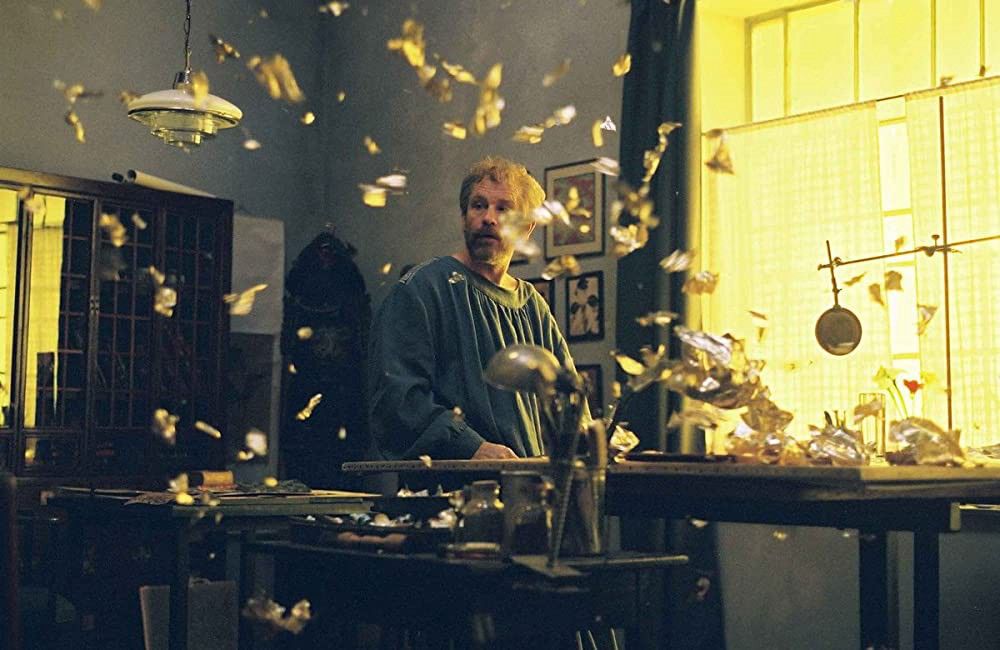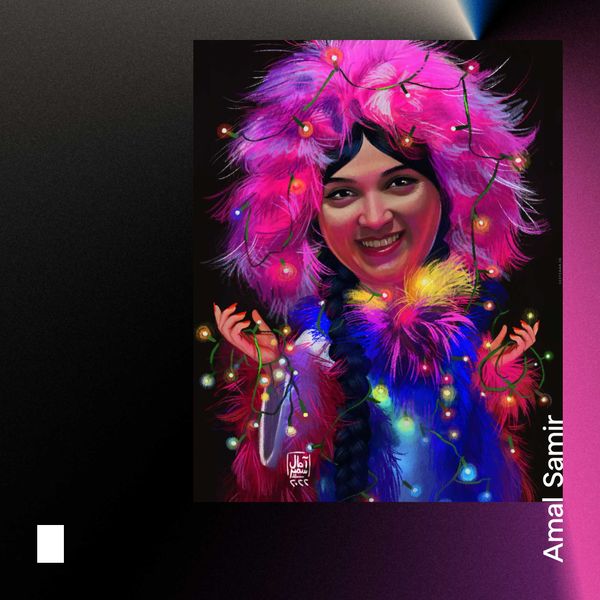This day celebrates the widely known Spanish artist who was born in 1881 and changed the course of modern art forever.
The Mystery of Picasso (1956)
The film lifts the veil of secrecy on Picasso’s creative process. Right in front of the camera lens, the artist himself creates and destroys fifteen authentic works — in magic marker, color and black-and-white ink, and finally oils. With a special transparent canvas, the camera traces every move of the master, giving an idea of his painting technique. The French film director Henri-Georges Clouzot, who knew Pablo since the 1920s, puts him in strict time frames and pushes the artist’s creative tension to the limit.
The Adventures of Picasso (1978)
Most films about artists reveal a specific period in their lives. This Swedish surrealist picture directed by Tage Danielsson is different from all others. It manages to cover the entire life of Picasso, though it’s loosely based on the artist’s biography. The film has been initially presented as a crazy comedy: not a drop of piety and respect for recognized geniuses. Its central point is to make everything as absurd as it can be by employing the entire repertoire of comedy’s tricks and tactics — mime, satire, farce, cartoon, etc.

Surviving Picasso (1996)
There is almost no Picasso as an artist in the film. James Ivory’s work exposes Pablo’s private life, demonstrating his cruelty, vanity, and licentiousness while never reflecting what made the master great. This is a chronicle of Picasso’s love affairs and illustration of the fate of his women, children, and loved ones. The story is told from the perspective of Françoise Gilot, one of the artist’s many mistresses. But the filmmakers were unable to get the rights to Gilot’s own autobiography. They took as a basis another book about Picasso and his lovers (“Picasso: Creator and Destroyer,” by Arianna Stassinopoulos Huffington), and also commissioned fake Picassos.

The Lovers of Montparnasse (1958)
This black and white picture tells about the last year of the Italian painter Amadeo Modigliani. The film is named after the Paris street, where artistic bohemians from all over the world lived in the 1920s. But Modigliani was far from being famous at that time: he was very short of money and demand and wracked by drug addiction and alcoholism. Jacques Becker, who completed the film that was originally to be directed by Max Ophüls, shows a piercing story of an artist struggling to achieve both excellence in his work and public recognition. The major focus is on Modigliani’s relationship with his art dealer Léopold Zborowski and two muses, Beatrice Hastings and Jeanne Hébuterne.

Modigliani (2004)
One more heartbreaking movie about the artist’s life and work, written and directed by Mick Davis. The picture portrays the untold rivalry thing between the two masters — Modigliani and Picasso — fuelled by brilliance, arrogance, and passion. But Modi also has another passion in his life (Jeanne Hébuterne) that is destined to turn into one of the greatest love tragedies in art history.

Klimt (2006)
The film is not intended to discover the consistent biography of Gustav Klimt, the Austrian symbolist painter. It allows for a better understanding of the artist’s inner world and art concepts. The Chilean film director Raoul Ruiz transports viewers to 1919 where Klimt indulges in dying memories of the highest points of his life: the way he loves, gathers creative energy and fights for artistic freedom. The plot revolves around Klimt’s torrid affair with Lea de Castro, friendship with the famous Egon Schiele, and life-long platonic relationship with Emilie Flöge.

Download the SketchAR app on iOS and Android for free to get even more inspiration.









